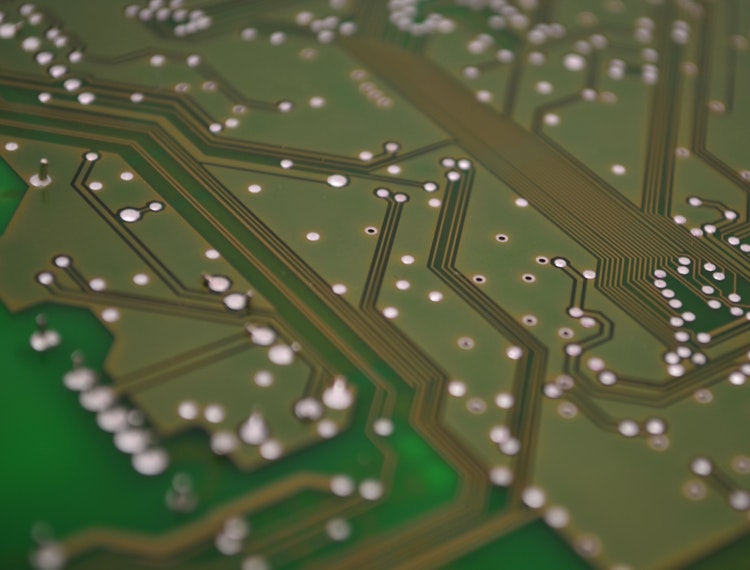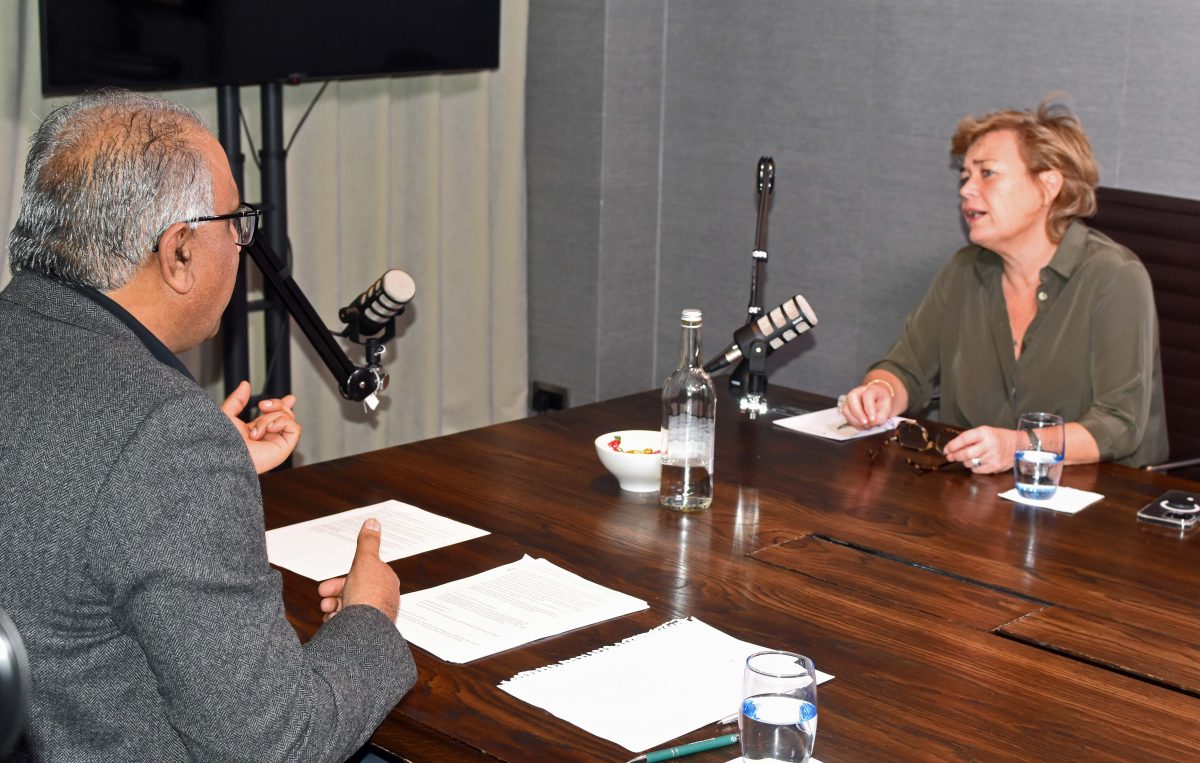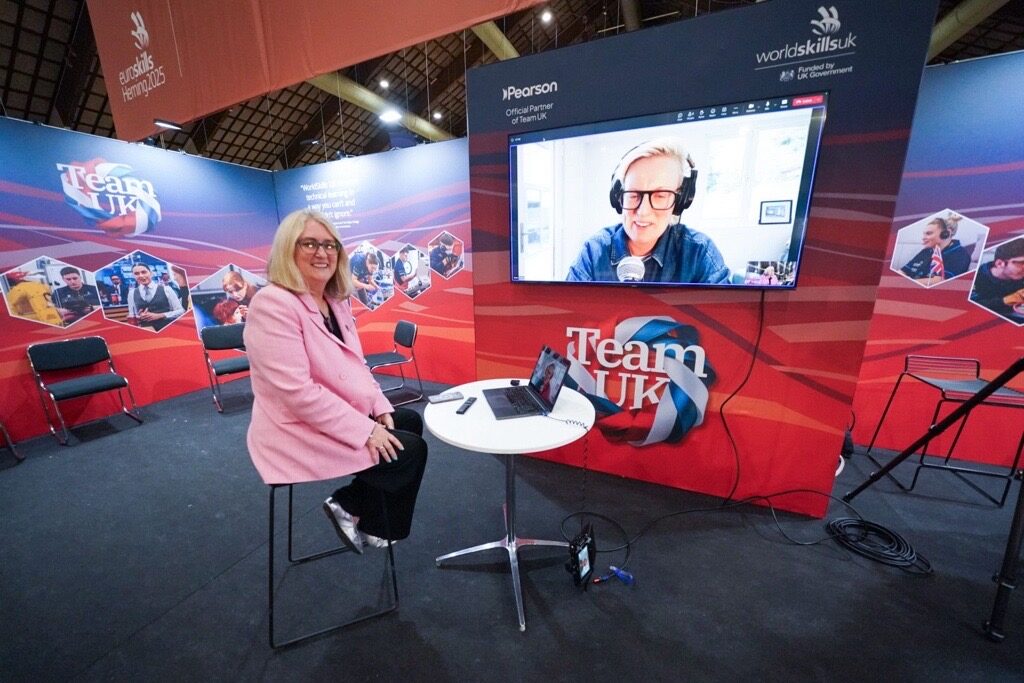What role will Health and Safety play in Artificial Intelligence?

Artificial intelligence, or AI as it is also known has been Hollywood fodder for decades. From Bladerunner to the matrix and beyond, the role thatrobots play in our daily lives has allowed imaginations to run wild.
The very early films portrayed human-like characters that had been integrated in to every day life. And whilst there’s still scope for this to happen,the first iterations are, on the surface at least, a slightly more muted version of this.
Robots have long been a feature of production lines and factories in many industries, desirable for their speed and accuracy but recent developments have enabled the machines to learn from the processes they perform and respond to ever more complex scenarios.
This is perhaps best exemplified by this demo at Google’s recent developer conference.
Regardless of how AI manifests itself in our lives, it’s fair to say that – like it or not – it’s coming, in one form or another. Here we take a look at how health and safety will be influenced by AI.
-
AI Needs Something to Learn From
As clever as the technology itself might be, it still relies on human beings to do the initial programming. This will inform the roles and tasks the technology performs. And, as much fun as a robot butler sounds, it is likely to be the production and manufacturing industries that really make use of any advancement.
These are areas where health and safety concerns are numerous and mistakes can cost lives. Therefore it’s of fundamental importance that programmers, informed by leading health and safety professionals, consider the role of health and safety in what they are creating.
-
AI is Already Supporting the Health and Safety Industry
Cisco and Cortexica have begun developing a suite of health and safety tools that will harness the huge power of AI. One of the features is real time video analysis, which will monitor each employee to ensure they are wearing the correct safety gear at alltimes. If any breeches in protocol are identified then alerts will be sent to the necessary staff members. It can also restrict further access to other departmentsthus reducing the risk of injury.
It will replace the old-fashion spot check process, which is open to human error and requires manpower that could otherwise be better invested.
-
AI is Highly Accurate
Many of the injuries that happen in the work place come as a result of human negligence. We’ve already addressed the importance of correctly implementing AI but once that base is covered, machines are capable of achieving incredibly high levels of standards and consistency. Using machines also allows humans to stay out of dangerous situations, meaning that even in the event of a mistake, the risk of human damage is dramatically reduced. In turn this should help to reduce workplace injuries and ultimately deaths as a whole.
-
The AI Effect on Human Intelligence
Whilst AI certainly brings with it a lot of benefits, one of the biggest criticisms it faces is that it takes jobs and renders humans redundant. The knock on effect of this is an under motivated work force and, in extreme circumstances, can lead to depression. Caring for the mental health of your workforce is abig part of health and safety. Providing reassurances, flexible working and other allowances is advisable and even a legal requirement in some cases.
So, it’s safe to assume that AI will play a big role in shaping the way we go about our business in the not too distant future. However, it’s essential that the health safety concerns are fully considered to ensure it’s smooth transition to become a mainstay of society.











Responses